When you start working with larger, more powerful tool changer spindles, especially in the CNC router world, many spindles will use a 30 taper tool holder. This refers to the taper angle of the cone on the holder. 30 taper tool holders are very common and are usually referred to as a BT30 or an ISO30. You need to be careful when you choose a tool holder for a CNC router as opposed to a 30 taper holder for a CNC milling machine because they are NOT the same.
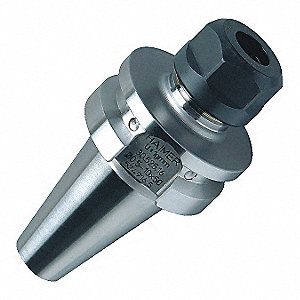
BT30 Tool Holders
These are more common in CNC milling machine applications and you can easily tell a BT30 tool holder (shown above) because there are two notches on either side of the holder where the tool fork slot is. These notches engage with the spindle and ensure that the tool holder will never slip. This is necessary, especially when milling metals where very high forces are applied to the tool, tool holder and spindle. Some BT30 tool holders are only balanced to a lower RPM - usually less than 12,000, however you can find high quality ones that are balanced all the way up to 30,000 rpm. Most milling machines run at much lower RPM as compared to CNC routers so the need for high RPM balancing is not as critical.
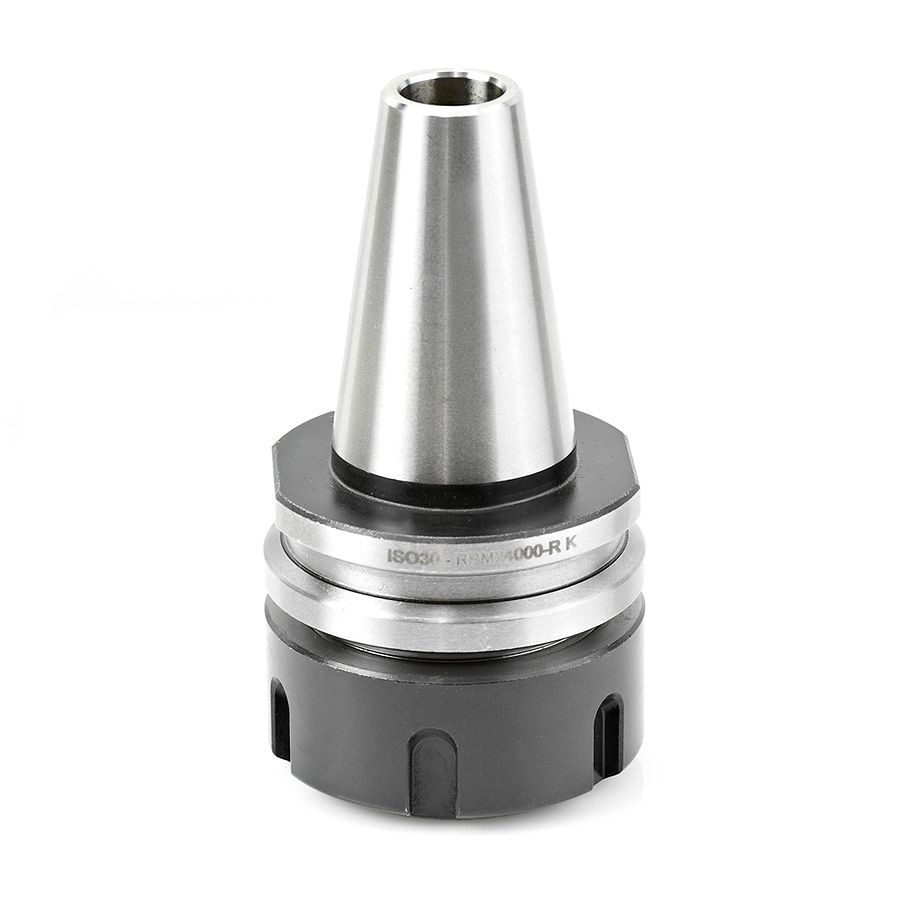
ISO30 Tool Holders
These are the common tool holder you will find in CNC router applications with automatic tool changers. An ISO30 tool holder (shown above without pull stud) also has a 30 taper on it but rather than two notches on each side to interlock with the spindle, there are two flat spots on the sides. These flats are not used to engage with the spindle, they are simply there to engage with a tightening fixture to keep it from turning while you tighten the collet nut. Most, if not all, ISO30 tool holders will be balanced to 24,000 RPM or higher with 30,000 very common. The tool holder is held in place by a powerful spring inside the spindle's tool changer mechanism. When engaged the mechanism grabs the pull stud, which is threaded into the top of the tool holder, and pulls it upwards with a lot of force. The friction between the taper on the tool holder and the taper on the inside of the spindle is what keeps the holder from slipping. Since the forces on a CNC router are much less, even when cutting aluminum, than say a CNC milling center cutting Inconel, the friction fit is sufficient and a mechanical "notch" is not required.
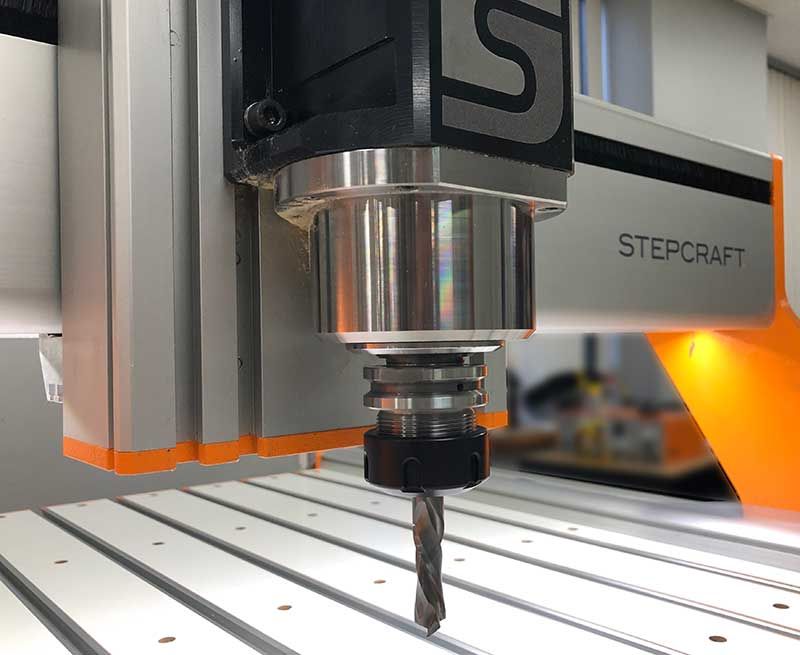
Can you use a BT30 in a CNC router spindle?
Yes and No. If the tool holder is balanced and rated for high RPM, then it should work okay. However, if they are not high-speed rated, then I would never use them on a CNC router as you run the risk of excess vibration which can adversely affect your cut quality and possibly damage the machine. If you have a CNC router with a tool changer then I would only run the tool holders that are recommended by the manufacturer. (STEPCRAFT ATC-2200 Tool Changer Spindle, shown above, with an ISO30 Tool Holder)
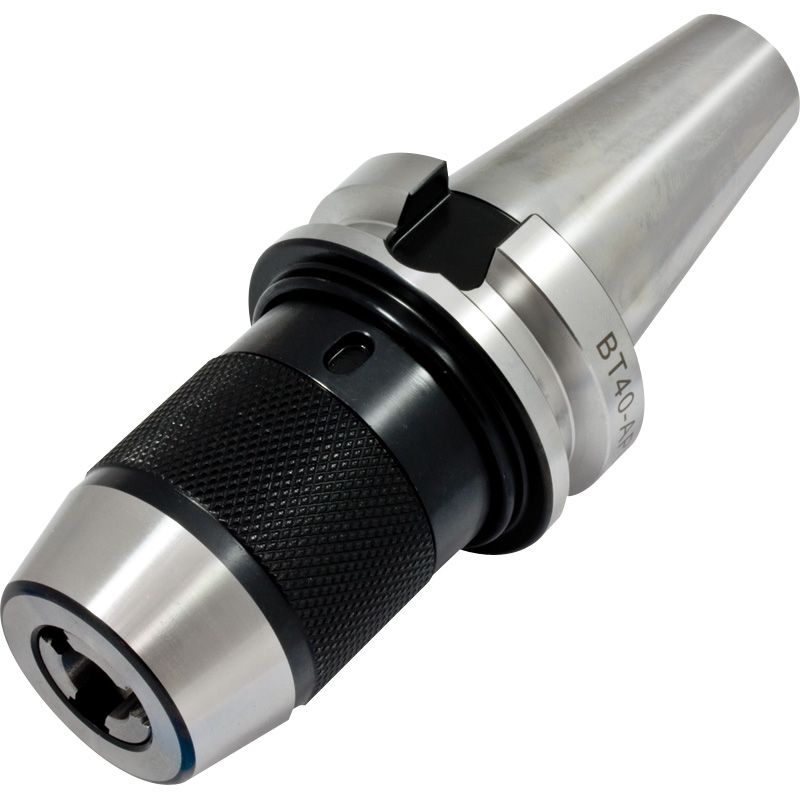
Special tool holders
There are some special tool holders that might have a keyless drill chuck (shown above) or other featured built into the holder. These are commonly BT30 frames and also are usually NOT balanced for high RPM. For example I have a BT30 drill chuck that is great for our manual mill, and I can run it on the CNC router, but ONLY at low RPM. So if I had a drilling operation in a project, I could put a drill bit in it and set my RPM to 3000 or so and it will work fine, however when I get above 5000 it starts to vibrate. The other downside with some of these special 30 taper attachments is that they are long and many CNC routers have a limited Z axis height as compared to a CNC milling machine which would usually have a lot more Z height.
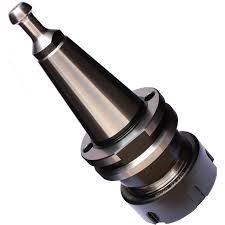
What About Pull Studs?
The pull stud is one of the most critical parts of the tool holder. It threads into the top of the cone and it is critical to make sure that you are using the correct pull stud for your spindle. The STEPCRAFT ATC-2200 Tool Changer Spindle uses an HSD-type pull stud (shown above). This is the part that locks into the tool changer mechanism and pulls the tool holder upwards. There are many different types in the industry as show in the picture below. It is important to check your pull studs every week to ensure that they are tight on the tool holder. If they loosen up, then you run the risk of the tool holder not being pulled up tight into the spindle or worse, the tool holder could fall out of the spindle or vibrate very badly.
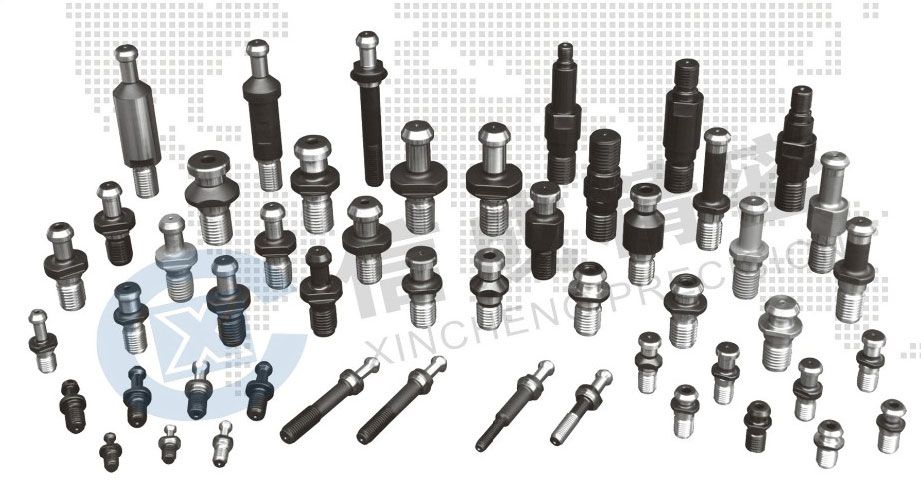
Conclusion
CNC router spindles are designed to run at higher RPM (18,000-24,000) or more, so it is important to make sure that you are using tool holders that are not only recommended by your CNC manufacturer, but are also factory-balanced to run at the higher RPMs that your spindle will put out. Vibration will kill a machine. Always use the right tool for the job!
ISO30 vs BT30 ATC Tool Holders - What is the difference?